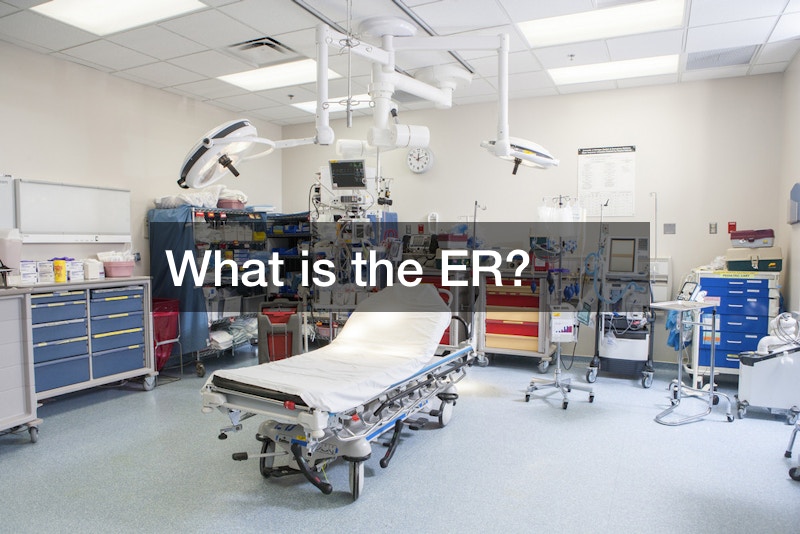
Knowing when to go to the em ergency room can be crucial in ensuring timely and appropriate medical care. These are some situations in which you should head to the hospital:
- Life-Threatening Conditions: The hospital is the right place for immediate care in life-threatening situations. These include heart attack symptoms (such as chest pain, shortness of breath, and nausea), stroke (sudden weakness or numbness, difficulty speaking, bad case of headache), acute bleeding, acute burns, difficulty breathing, acute reactions, and major injuries or trauma.
- Acute Symptoms: If you are having acute symptoms that require urgent attention, the hospital is often the best option. This includes acute abdominal pain, consistent vomiting or diarrhea causing dehydration, high fever with accompanying symptoms, acute headaches, sudden loss of consciousness or confusion, acute reactions with difficulty breathing, and acute injuries or fractures.
- Urgent Medical Conditions: Some medical conditions require immediate evaluation and treatment that cannot wait for a regular doctor’s appointment. Examples include acute infections, asthma attacks, allergic reactions, uncontrolled bleeding, acute dehydration, and worsening of chronic conditions that may lead to complications.
It’s important to keep in mind that the ER should be used for true health cases. For less acute illnesses or injuries, seeking care at an urgent care centre or contacting your primary care doctor may be more appropriate. When in doubt, you can also call your healthcare specialist or a nurse helpline for guidance on how to seek medical care based on your specific symptoms and situation.
.
